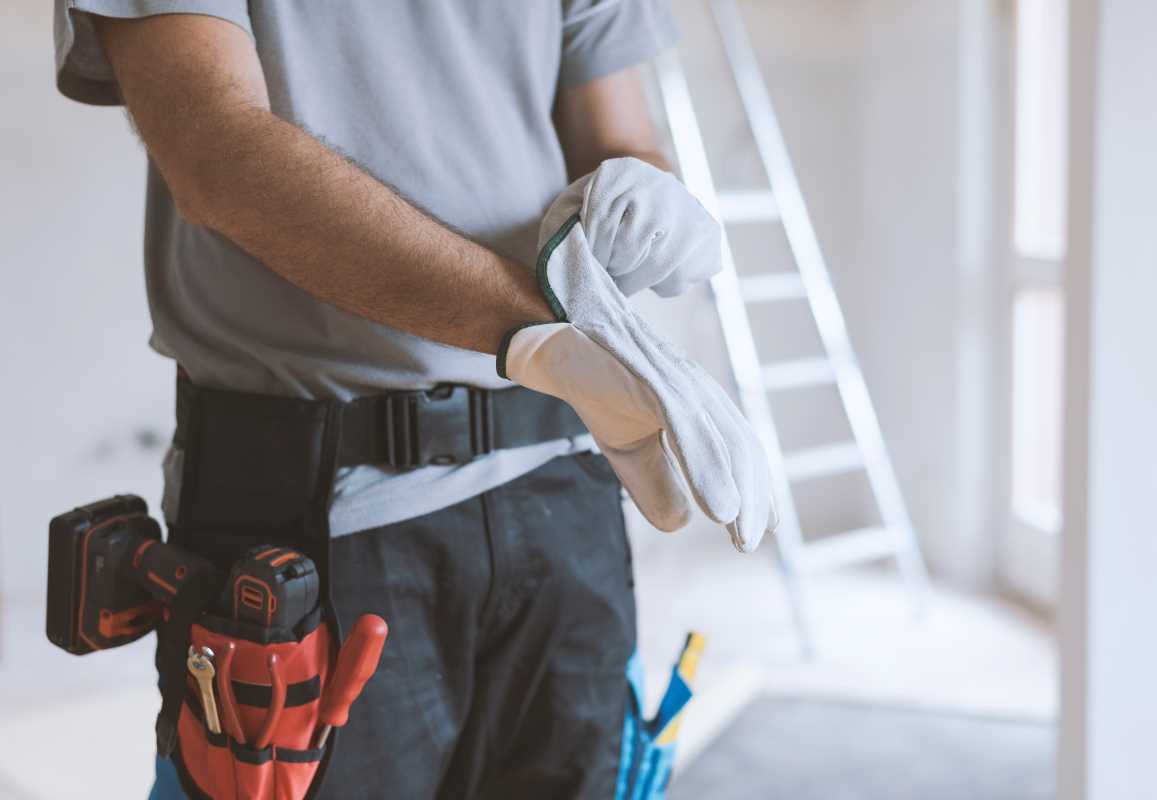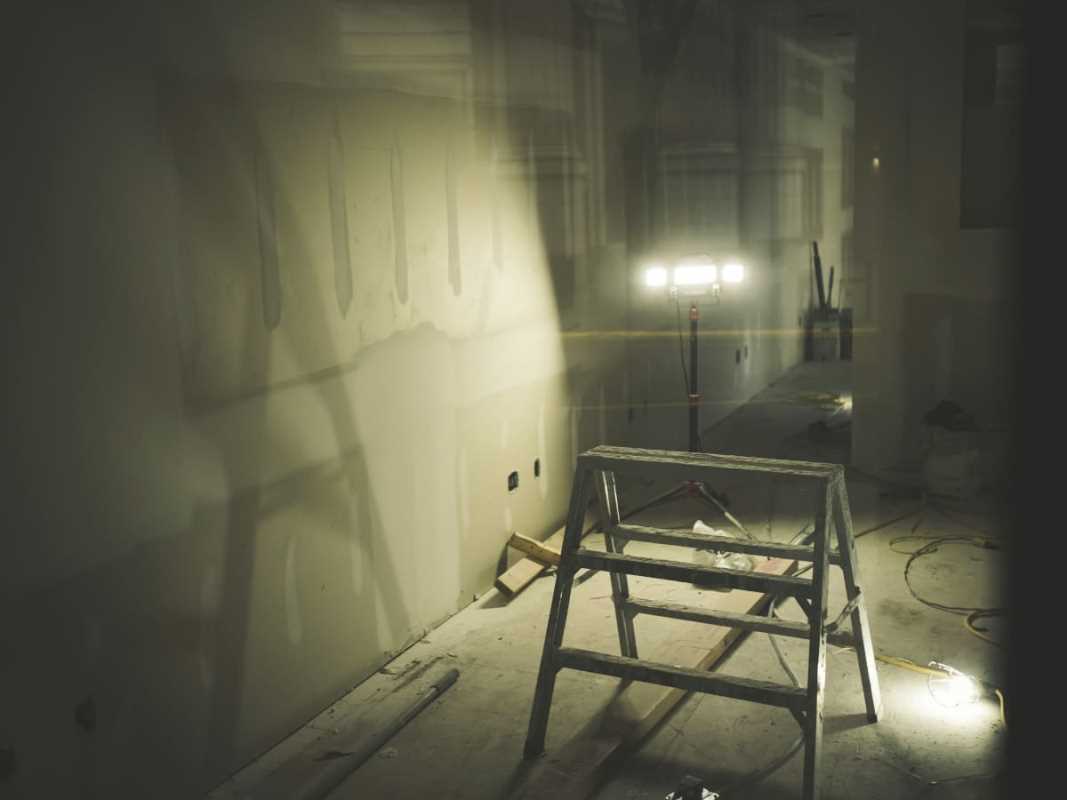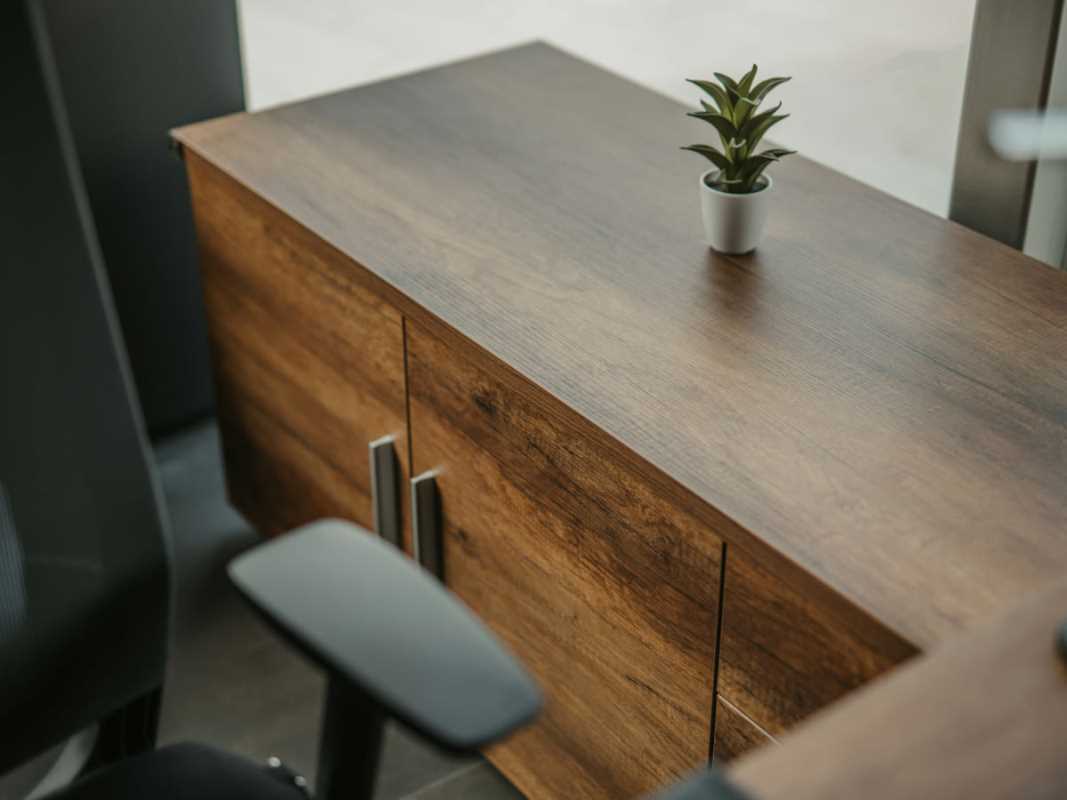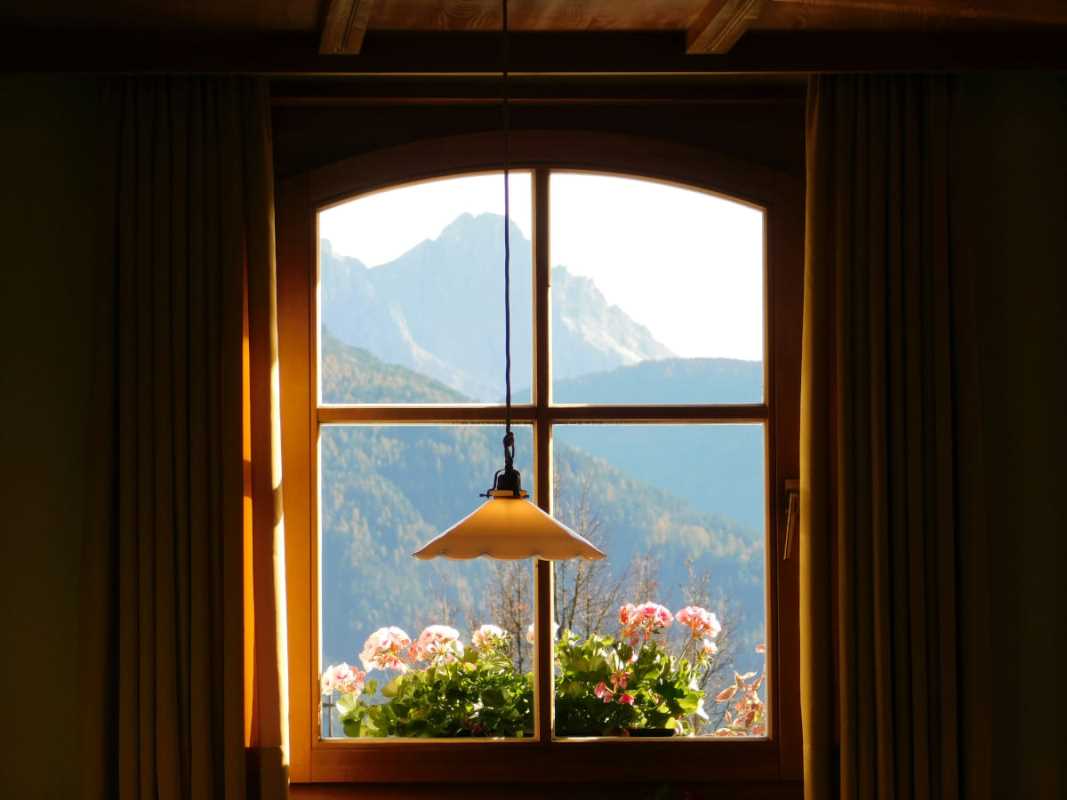When it comes to plumbing, the choice of materials is a big deal. Among the options out there, copper pipes have long been a crowd favorite. But are they always the best choice for your home or project? While copper has stood the test of time, it’s not without its quirks and challenges.
To help you weigh your options, here’s a breakdown of what makes copper pipes a hero in some cases and a headache in others.
Celebrating Durability and Longevity
Copper pipes are often praised for their unmatched durability. They’ve been in use for decades, and for good reason. If you're planning to stick around in your home for a while, copper’s longevity is definitely a selling point.
One of copper's biggest perks is how resistant it is to corrosion. Unlike other materials that might rust or degrade over time, copper can last 50 years or more under the right conditions. It’s like the marathon runner of plumbing materials.
Another durability bonus? Copper handles high temperatures like a champ. Whether it’s delivering steamy hot water to your shower or standing up to scorching summers, these pipes aren’t likely to warp or weaken. That’s excellent news for anyone who doesn’t want to deal with surprise leaks.
Of course, durability also means fewer headaches when it comes to maintenance. With copper, you’re less likely to face constant repairs or replacements, saving you time and money in the long run. Just think about all the weekends you’ll gain back by avoiding plumbing disasters.
Then there’s the great thing about versatility. Copper doesn't just last; it fits into all kinds of spaces. Bendable yet sturdy, it works seamlessly in tight corners or older homes where retrofitting is required. Basically, it’s the team player of plumbing.
Navigating The Initial Cost
For all its perks, copper isn’t exactly a budget-friendly choice. One of the biggest gripes about copper pipes is the price tag, which can give many homeowners pause. If you’re renovating on a strict budget, this might raise a brow (or both).
Copper itself is a natural material and isn’t cheap to extract or manufacture. Add in fluctuating market prices, and you could see costs rise unexpectedly. This makes copper a bigger upfront investment compared to other materials like PEX or PVC pipes.
Another expense to consider is installation. While copper might be durable, it isn’t the easiest material to work with. It requires skilled labor to solder joints and ensure everything is sealed up properly. And skilled labor, as you might guess, doesn’t come cheap. The cost of installation alone might have you rethinking things.
Does that mean copper is a bad investment? Not necessarily. If you’re thinking long-term, the lower maintenance costs might even out the price tag. But if you’re hoping to save a few bucks now and worry about the long haul later, copper might not have the appeal you’re looking for.
You also have to consider resource scarcity. Copper is a finite material, which means its price will only increase over time. If you’re feeling environmentally conscious (or just not in the mood for inflated costs), this could be a sticking point.
Combating Corrosion and Leaking Issues
Copper pipes are often celebrated for their resistance to corrosion, but they’re not completely invincible. While they’re tougher than other materials, certain environmental factors can still cause wear and tear, leading to leaks.
For example, water with a high level of acidity can corrode copper pipes over time. If your home’s water supply is particularly acidic, it could slowly eat away at the material, creating pinhole leaks that are frustratingly tricky to detect. Frequent testing of your water’s pH levels can help avoid surprises.
Another concern related to corrosion is pitting, which happens when certain types of minerals or chemicals attack small spots on the inside of the pipe. Though this isn’t a widespread issue, it’s still something to keep on your radar, especially if you live in areas where water conditions vary.
Copper pipes are also vulnerable to freezing in colder climates. While they can withstand high temperatures, freezing water puts stress on them, causing cracks or bursts. Insulating your pipes or keeping water flowing on frigid nights can help mitigate this risk, but it’s one more thing to manage.
Of course, the good news is that copper leaks are often slow and gradual. This gives you time to notice the issue before it escalates into something catastrophic. But bear in mind, detecting and fixing leaks in copper pipes often requires professional help, meaning more costs added to the mix.
Factors to monitor with copper pipes:
- Water pH levels, which could lead to corrosion
- Pitting caused by mineral buildup in water
- Risk of freezing in cold climates
- Longevity and performance compared to alternatives like PEX
- Importance of proper insulation to prevent outside damage
Enjoying Safety and Sustainability Perks
One standout feature of copper pipes is their safety. They don’t leach any harmful chemicals, which is a big deal if you’re using them to carry drinking water. Unlike some plastic pipe options that might give off funky odors or tastes, copper keeps your water fresh and pure.
Speaking of safety, copper has natural antibacterial properties. Bacteria thrive in certain conditions, but copper’s composition actually helps reduce these risks. That’s a huge advantage if you’re concerned about the quality of your household water supply.
On the sustainability front, copper is a renewable resource, making recycling an option once the pipes have hit their expiration date. Unlike plastic or other materials, old copper doesn’t have to sit in a landfill for centuries. It’s reassuring to know that when the time comes to replace your plumbing, those pipes might get a second life in another project.
Copper also scores points for its ability to handle thermal expansion. When temperatures swing wildly, pipes can expand and contract. Copper’s built-in resilience minimizes damage from this constant shift, keeping repairs minimal.
Finally, copper pipes don’t release dangerous fumes in the event of a fire. While plastic materials might produce toxins when burned, copper remains a much safer option in emergencies. It’s not just about peace of mind; it’s also about protecting your household.
Exploring Alternatives to Copper
While copper has a lot to offer, the reality is it’s not the only option on the market. Alternatives like PEX or PVC plumbing can often steal the show depending on the project at hand.
PEX, for example, is incredibly flexible and easy to install, making it a favorite among DIYers and professionals alike. It’s resistant to freezing, so for colder climates, it’s an attractive option. Plus, its lower cost doesn’t hurt either. The downside? Unlike copper, it may not last as long and lacks the natural antibacterial properties.
PVC pipes are another wallet-friendly alternative. They’re lightweight, simple to install, and work well for many basic plumbing needs. However, PVC has limitations, including lower heat tolerance and potential concerns with chemicals leaching under certain conditions.
While copper’s upfront cost may turn some people off, it still remains unmatched in terms of some features like longevity, safety, and recyclability. If you’re tackling a long-term project and can front the cost, few materials match copper's all-around performance.
On the flip side, for short-term fixes or budget-conscious renovations, modern alternatives have stepped up their game and can serve just as well. The key is understanding your specific needs and weighing those against what each material has to offer.
Choosing the right plumbing material is never a one-size-fits-all decision. Copper pipes come with a solid reputation for durability, safety, and sustainability, but they’re not without their challenges. While they shine in terms of longevity and reliability, the upfront cost and potential drawbacks with water chemistry or freezing climates mean they’re not suitable for every situation.
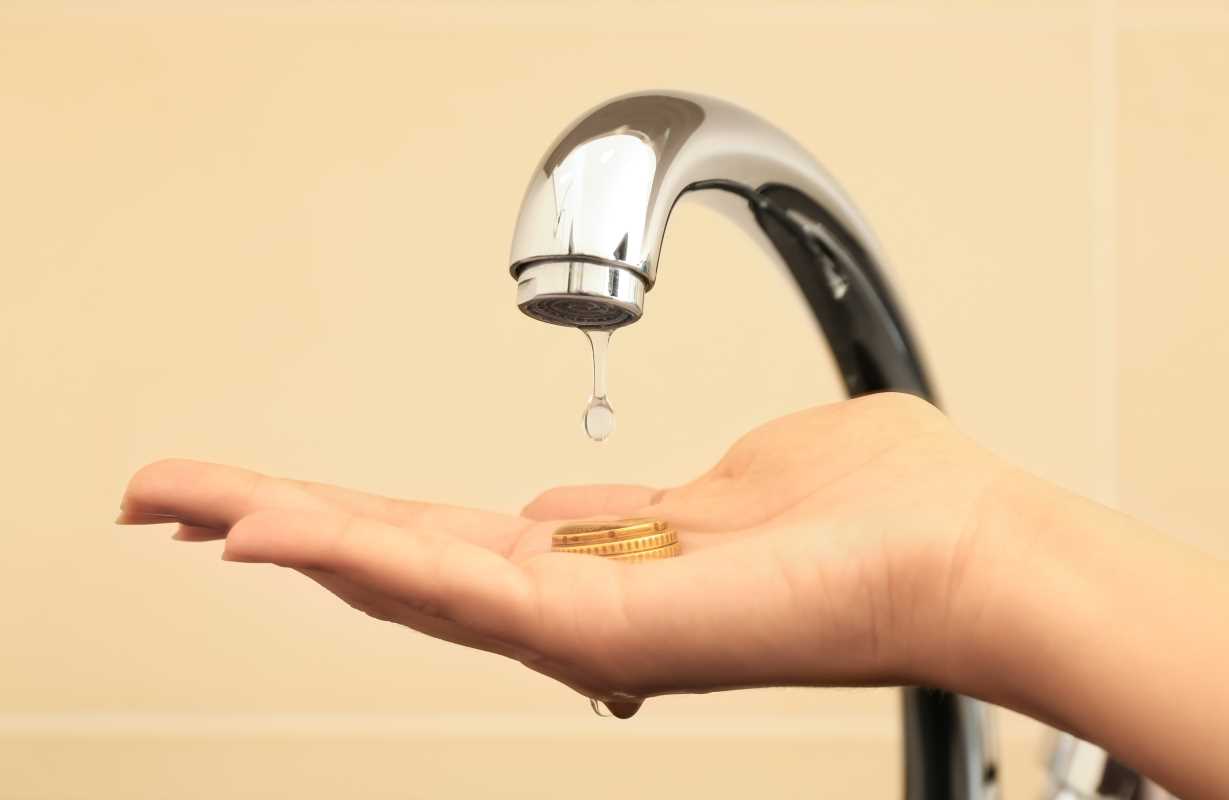 (Image via
(Image via
